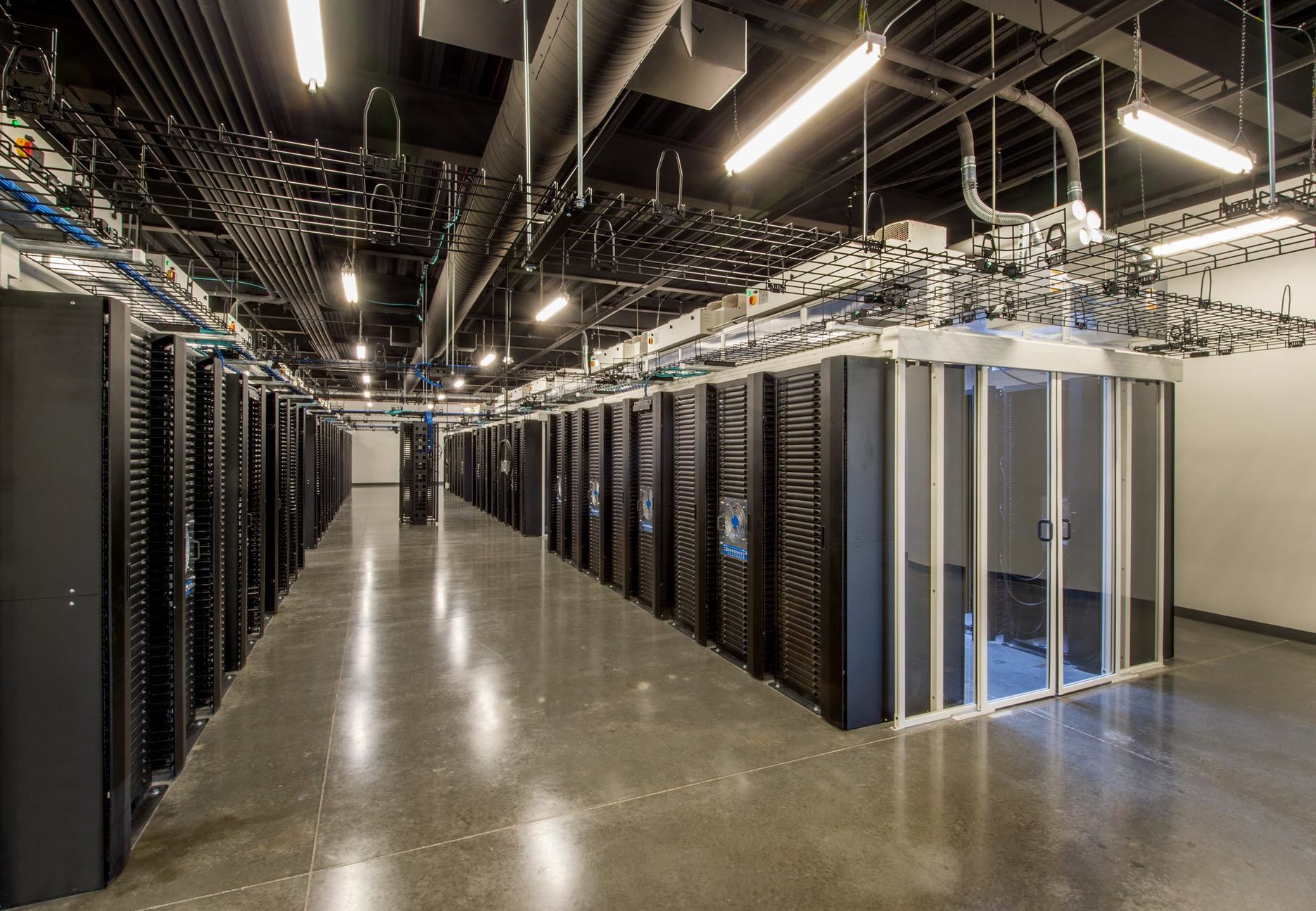
OEN Member NewsCloudability Helps Companies Hold Down the Costs of the Cloud (Bloomberg Businessweek)
Source: www.bloomberg.com
Rich Sutton knew he was spending too much renting server space. He’s a vice president for engineering at Proofpoint, a $3 billion maker of cybersecurity software that boosted its revenue 41 percent last year, according to analyst estimates—nice, but well shy of its attendant rise in cloud computing costs. Proofpoint rents about 2,000 servers from Amazon Web Services (AWS), Amazon.com’s cloud arm, and paid more than $10 million in 2016, double its 2015 outlay. “Amazon Web Services was the largest ungoverned item on the company’s budget,” Sutton says, meaning no one had to approve the cloud expenses.
So he’s signed up with Cloudyn, one of a growing number of software startups trying to help businesses control their cloud costs. For a monthly fee of 2 percent to 3 percent of a client’s AWS costs, Cloudyn’s software assesses how much server power the company needs and offers suggestions to reduce its bills. Sutton says he’s been able to keep spending unchanged for six months using Cloudyn, which has helped him compare costs and figure out just how many server-hours a given worker or project uses, making it easier to pick the right volume discount.
Cloudyn, like rival Cloudability, has been around for five years. CloudHealth is four years old; pioneer Cloud Cruiser, seven. Their services have become less niche now that some 600 companies in the Fortune 1000 use cloud services from the likes of Amazon, Microsoft, and Google. Researcher IDC estimates about 20 percent of companies that use the cloud also use these kinds of cost-cutting services.
Because the cloud buyers’ needs and the sellers’ prices can change quickly—AWS’s prices have changed about 75 times in the past eight years, though they’ve started to stabilize—these services can make the $97 billion server-rental marketplace a lot easier to navigate. “We are helping you with what to buy and when to buy it,” says Cloudability Chief Executive Officer Mat Ellis.
Ellis’s company, based in Portland, Ore., says it can save the average customer 20 percent or more on cloud services and that it managed about 10 percent of the $8.7 billion spent on AWS around the world in the first nine months of 2016. Virtual-reality technology maker Jaunt VR, which uses as many as a few thousand AWS servers at once, will save $250,000 in a year with CloudHealth’s help, estimates Simon Wynn, Jaunt’s vice president for technical operations. Even as Jaunt’s server needs have grown, its AWS costs have remained nearly flat, says Wynn. “I didn’t have any tools beforehand,” he says. “I was basically blind.”
Cloudability and CloudHealth both raised more than $20 million in venture capital in 2016, bringing their funding totals to about $40 million each. Cloudyn and Cloud Cruiser have each raised about half that; Cloudyn received $4 million from IT outsourcing giant Infosys over the summer.
The companies are facing two serious risks. First, some clients can cut their costs only so much, says Sophia Vargas, an analyst at Forrester Research. Second, cloud providers have been refining their own cost-management tools. “Our customers have access to a number of specialized tools” for this purpose, says AWS’s marketing vice president, Ariel Kelman, including checklists of ways to cut spending.
Still, cost calculators from one cloud provider or another will always be less trustworthy than those from a third party, says IDC analyst Robert Mahowald. Especially if battles among Amazon, Microsoft, and Google grow fiercer, he says, “it’s convenient to have a low-cost intermediary.”
Source: www.bloomberg.com

